


Losing all sense of time and driving Mercedes SUVs on the mystical mountains of Ladakh has been a life-changing experience
For sports utility vehicle (SUV) makers, off-roading in Ladakh is, perhaps, the ultimate destination in the country to prove their mettle. It also ranks high up in the ‘things to do before you die’ list.
Mercedes-Benz India invited Car India to participate in ‘Fascination Mercedes’, a drive from Kashmir’s summer capital Srinagar to the scenic Leh. The other bait was the GL 350 CDI and the big daddy of off-roading, the G-55 AMG.


 The three-day expedition began on a foggy morning from the plush Hotel Lalit. My heart rate was higher than normal and I was almost gasping for breath. Definitely not due to altitude sickness, but because of the imposing G-55 that had a similar effect on most others, who had crowded round the boxy SUV. Hearing the Rs 1.5 crore price the crowd grew thicker. This mini tank was designed for the German army and is even used by the Australian and American armed forces. Under the boot is a massive 5,439-cc supercharged, V8 Kompressor petrol motor that is mated to a five-speed automatic gearbox and can generate a maximum power of 514 PS and 700 Nm. The permanent all-wheel drive vehicle has an electronically limited top speed of 210 km/h, not that I intended to go beyond that on the twisties.
The three-day expedition began on a foggy morning from the plush Hotel Lalit. My heart rate was higher than normal and I was almost gasping for breath. Definitely not due to altitude sickness, but because of the imposing G-55 that had a similar effect on most others, who had crowded round the boxy SUV. Hearing the Rs 1.5 crore price the crowd grew thicker. This mini tank was designed for the German army and is even used by the Australian and American armed forces. Under the boot is a massive 5,439-cc supercharged, V8 Kompressor petrol motor that is mated to a five-speed automatic gearbox and can generate a maximum power of 514 PS and 700 Nm. The permanent all-wheel drive vehicle has an electronically limited top speed of 210 km/h, not that I intended to go beyond that on the twisties.
Peeping from behind the towering figure of the AMG was the smaller but grander GL 350 CDI. A luxurious off-roader in its own right, it’s powered by a 2,987-cc V6 diesel engine that can churn out 227 PS and 510 Nm. Its seven-speed 7G-TRONIC auto ‘box makes driving it hassle-free as one swerves up the mountain and over bad patches of road. Offering great traction even on ‘murram’ roads is an all-wheel drive (AWD) with an electronic traction system called 4MATIC.
Compared to the gas-guzzling G-55, the GL350 CDI is gentle with the environment with low carbon emissions (264 gms/km) using BlueEfficiency technologies. Last but not the least is the AirMatic ground clearance system that can raise the SUV up to 307 mm from the ground.


 I jumped into the GL. With a fleet of other Mercedes trailing me, I drove past the serene Dal Lake where dozens of houseboats were afloat. It was nice to see many tourists with cameras trotting around, capturing the beauty of this troubled region. Once we were out of Srinagar we headed towards the north-east on NH 1D, where the roads opened up a bit with patches of flat roads, some smooth curves and occasional straight stretches. The GL tackled all of this without losing a beat and felt cushioned and almost effortless. Our first halt was at Sonmarg, about 87 km from Srinagar, where I got the first glimpse of the snow-peaked mountains.
I jumped into the GL. With a fleet of other Mercedes trailing me, I drove past the serene Dal Lake where dozens of houseboats were afloat. It was nice to see many tourists with cameras trotting around, capturing the beauty of this troubled region. Once we were out of Srinagar we headed towards the north-east on NH 1D, where the roads opened up a bit with patches of flat roads, some smooth curves and occasional straight stretches. The GL tackled all of this without losing a beat and felt cushioned and almost effortless. Our first halt was at Sonmarg, about 87 km from Srinagar, where I got the first glimpse of the snow-peaked mountains.
After a quick cup of hot tea, I got behind the tri-star’s star performer, the G-55 AMG. This SUV has been designed specifically for the off-roading enthusiasts. Roads or no roads, the AMG paved its way to wherever I commanded it to. It feels firmer and the steering needed more muscle power in comparison, but in return it offered great feedback and amazing abilities to tame bad and broken roads. In less then 10 km we reached the Zojila Pass, where the road became single-lane and only vehicle from one side are allowed to pass at a time. One has to reach the pass on time as it closes for several hours for maintenance. Luckily, the waiting period for me was just 20 minutes and I was off again in the AMG. I couldn’t resist lowering the windows to listen to the magnificent music of the V8, as it roared while munching the narrow and dusty mountain roads. To overcome the rapidly changing roads I used different differential lock settings depending on the situation.
The roads improved a few kilometres before Drass, in Kargil district, the second coldest inhabited place on earth. This small town was in the news in the summer of 1999 owing to the Kargil war. Stopping to pay my respect at the Kargil War Memorial I headed on. The G-55 was great off roads but on flatter surfaces every bump filtered through and the specialised off-road tyres were not helping either. Soon the milestones started announcing that Kargil town was approaching.
The picture I had of the town as the ‘Gateway to Ladakh’ was poles apart from the busy road that lay ahead of me. At 10,764 feet, it’s a kilometre-long town situated on the highway with shops and tiny hotels on either side with a steady flow of tourists. Bidding good night to my buddies from Mercedes-Benz, I spent the night at the modest but clean Siachen Hotel.


 Next morning driving the GL 350 I got back to NH 1D on some great tarmac roads, which was short-lived as the next 70 kilometres were among the most challenging so far. But the curvy highway roads that followed was nothing short of a cinematographer’s dream. Using the pedal gear shift, I negotiated the corners carrying more pace, which made the drive a lot more enjoyable.
Next morning driving the GL 350 I got back to NH 1D on some great tarmac roads, which was short-lived as the next 70 kilometres were among the most challenging so far. But the curvy highway roads that followed was nothing short of a cinematographer’s dream. Using the pedal gear shift, I negotiated the corners carrying more pace, which made the drive a lot more enjoyable.
The mountains kept becoming more magnificent as we came close to Leh. There couldn’t have been a better time to reach Leh, as the saffron sun was calling it a day and settling comfortably behind the mountain range. I rolled into the plush Grand Dragon Hotel for the night, where the crew of ‘3 Idiots’ had stayed during the shooting for that film.
Sipping Ladakh’s special butter tea, I prepared myself for the most testing day of this trip. I had to drive to the scenic Pangong Lake and return before sunset. With the assuring company of the GL 350 CDI, I began the literally uphill task. Soaring 2,000 feet every 20 minutes towards Chang La (pass) meant that both man and machine were going through the ultimate test. Chang La is the world’s third highest pass at 17,586 feet, where I stopped for a few minutes in lure of the complimentary tea offered by the army. The decent from the pass led us to one of the most spellbinding locations that I had ever imagined – Pangong Tso (lake). The colour of the 134-km lake kept changing into a psychedelic rainbow, a sight that you will never forget in this lifetime.
This trip could not have ended at a better location, as I was carrying a part of paradise on earth with me back home.
Story: Sarmad Kadiri





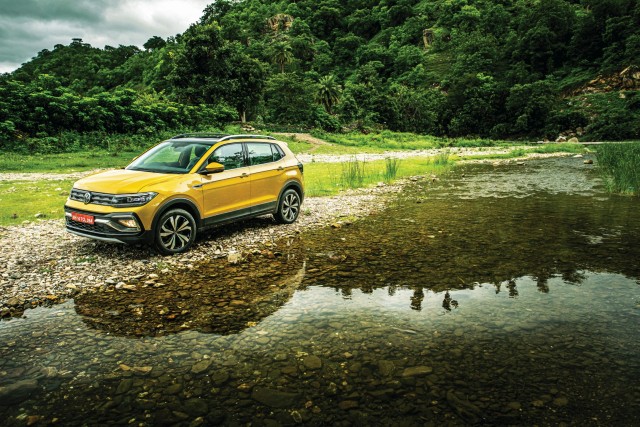
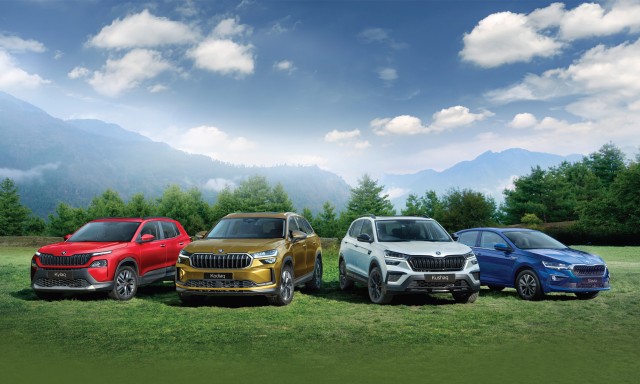

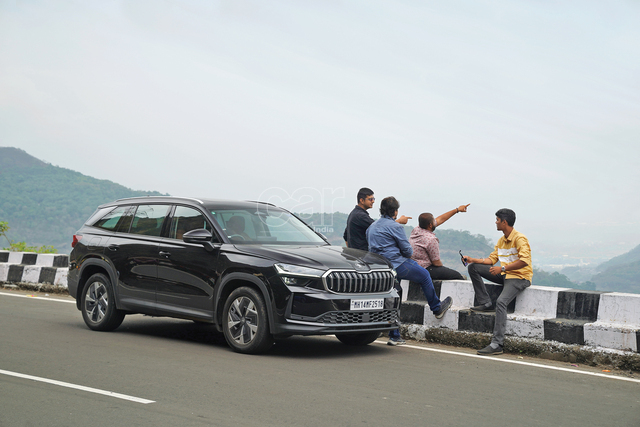


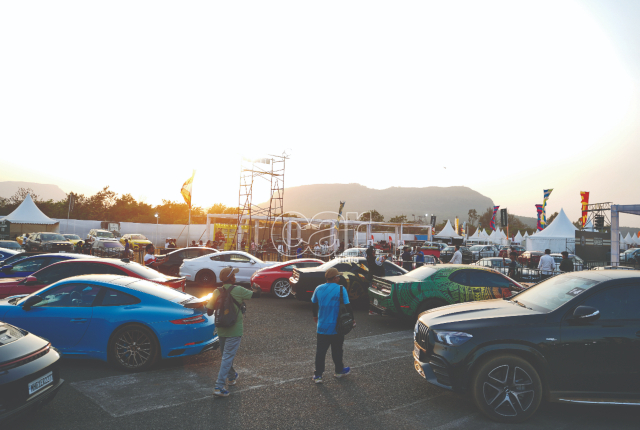
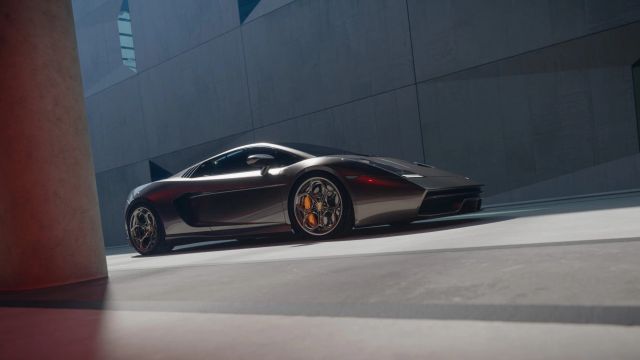
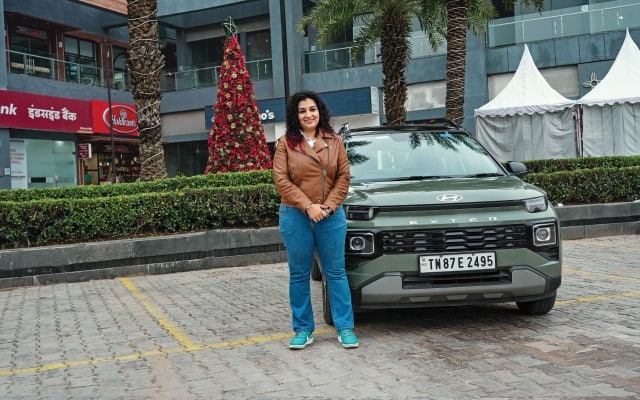

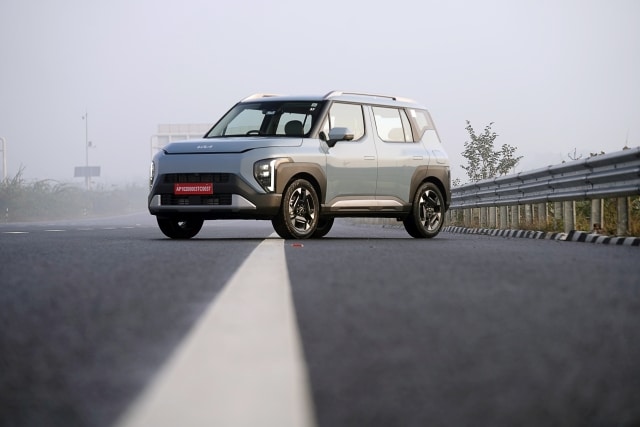
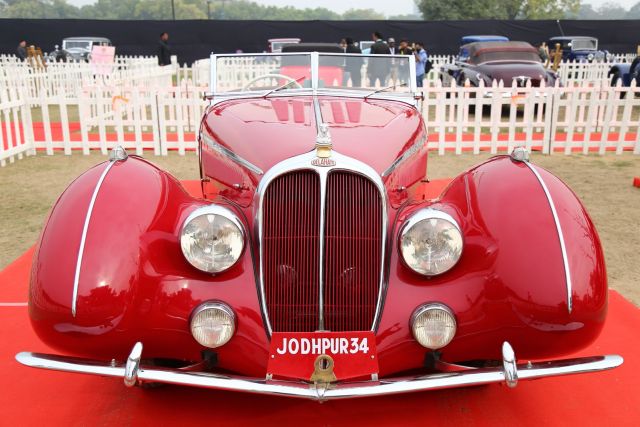



Leave a Reply